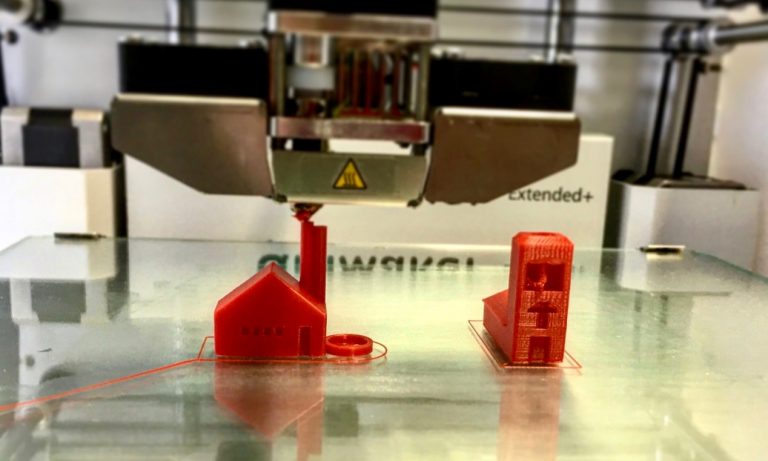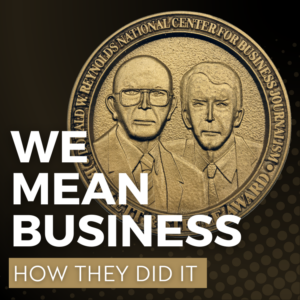Polymer-based 3-D printers have been around for a while, being made available at libraries for STEM projects and businesses for prototyping. But the technology is starting to find use as research for metal-based 3-D printing advances.
If you cover the manufacturing, aerospace & defense, automotive, and even the construction industries then you could start finding 3-D printing stories that are beyond prototypes on your local beat.
3-D printing and additive manufacturing
Crafting metal parts with 3-D printers, otherwise known as additive manufacturing, can create a variety of parts for aircraft, cars, manufacturing facilities and more.
3-D printing brings in many benefits for manufacturers. In aircraft, lighter parts can be created, which can save money on fuel costs for businesses. For some parts that are 3-D printed even perform better than the those traditionally manufactured.
These 3-D printed parts can also be designed in ways that typical machine processes can’t replicate, which opens up a world of opportunity for customizable parts. A part that would have taken months to produce through machining can now be created in a fraction of the time at a fraction of the cost.
Parts can also be combined. One housing in an aircraft that may consist of multiple different parts can now be printed as one cohesive part.
Parts that aren’t available anymore can be produced quickly as well. Porsche is supplying rare parts for its classic cars through 3-D printing. These parts can’t be found anywhere else and would take a lot of time and money to create the facilities needed for their replication. Customizing those parts would also be extremely expensive, but 3-D printing makes it easily available.
Engineers are also able to design new types of materials, since 3-D printing allows them to mix materials. This world of research around additive manufacturing is giving engineers a better understanding of alloys as they try to create their own materials.
With 3-D printing, new types of engineers will be needed in the future, as well as new types of technicians who will need to know how to use these machines during the manufacturing process.
Additive manufacturing isn’t without its problems, but this technology is quickly finding its way into manufacturers hands as Honeywell and General Electric strive to bring the future of this technology to the world.
Building with 3-D printing
Printing houses sounds like the stuff of science fiction, but it’s actually been done.
One company, ICON, unveiled a 3-D printed home at SXSW. The house only costs $10,000.
ICON is also working with a charity organization to build affordable houses in just a day.
3-D printing is providing homes for the developing world, but this technology can also be deployed for affordable housing in a time when the U.S. is facing a housing crisis.
Companies across the world are diving into 3-D printing with a variety of concepts. This technology can be automated and be done much cheaper than current building practices too.
Questions to consider
As you dive into the 3-D printed realm, here are a few questions to consider as you unravel this technology for your community:
• What kind of job training/technicians will be needed for 3-D printing implementation?
• Is 3-D printing saving industries money?
• How easy has it been finding engineers and technicians to operate these machines?
• Will businesses be able to start printing their parts instead of ordering them from vendors?











